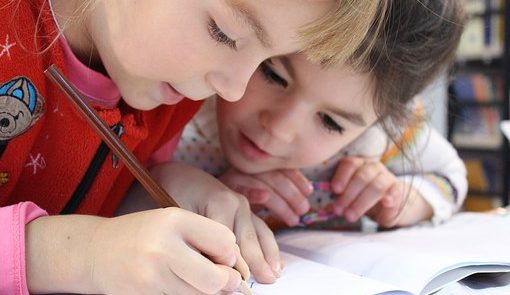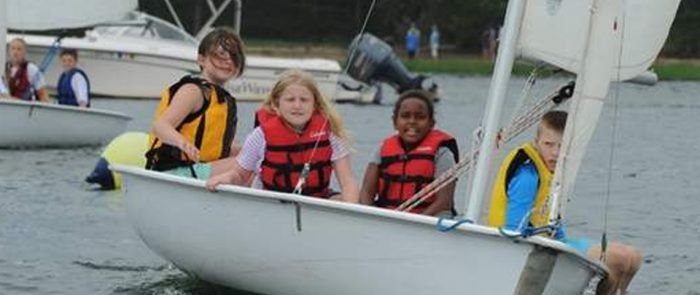These early days of January are like walking a footbridge from the old year to the new.
And as I go on my merry way, reflections of the graces, the miracles, in my life come to me.
I take a moment of quiet, looking out on the stillness of nature, I hear life say to me:
“thank you for being a bright light, a spark of energy
the love and laughter, the peace and joy!”
And what comes to you and your child, as you reflect?
In this newborn year, may your heart be lifted from the old, yet satisfied by last year’s journey
Because that journey has taken you here, right now, in this new moment, in this new year
To birth, bring forth, the miraculous within you.
Imagine crossing over the bridge to the awareness of who you truly are- which is Love.
You are free.
Welcome the new you.
Over the crossing, you know you have what it takes to fulfill your potential and unique genius.
Make a difference in this world in need of your goodness and greatness.
Promise yourself, promise your child, to stay tuned-in to the life force energy in and around you
The rich, wild, other-ness of bird songs, cricket rhythms, the forest scent, the subtle colors of
the plants, the sunshine, the snow and the rain.
Look down over the bridge to running waterway; look up into sky, to the constellation of stars
Do not go unconscious of this awe-some beauty, but rather,
Come into a full-body, multi-sensory, part of all that is so much bigger and eternal-
The rushing wind is the holy name of the Divine
and when we take in that breath, we take in the Divine
Stay awake.
Shine on brilliantly.
Happy New Year!










